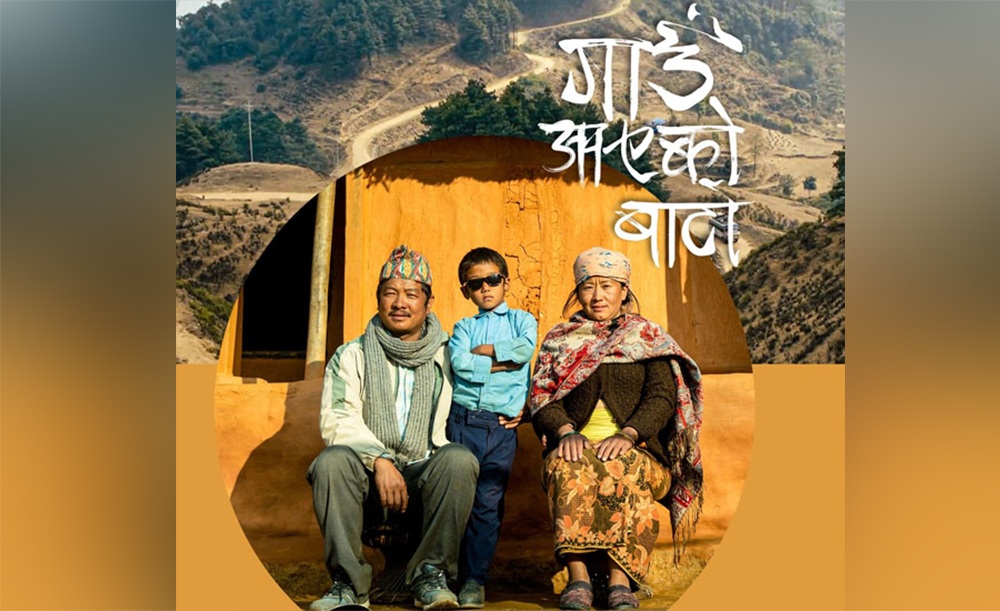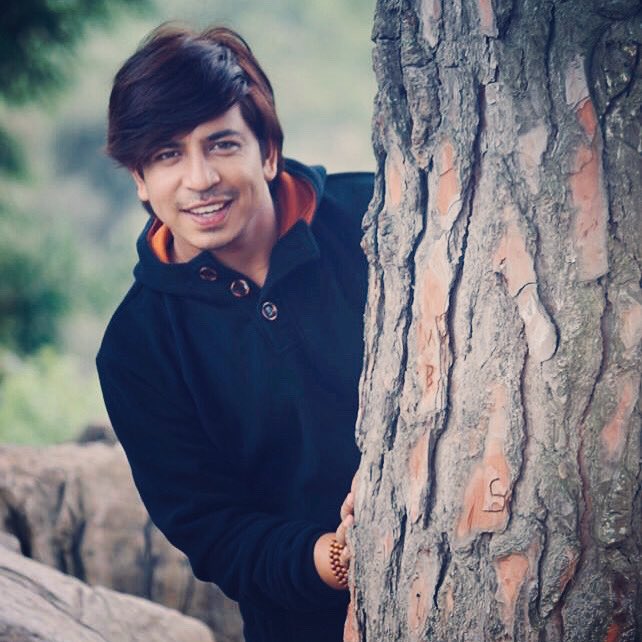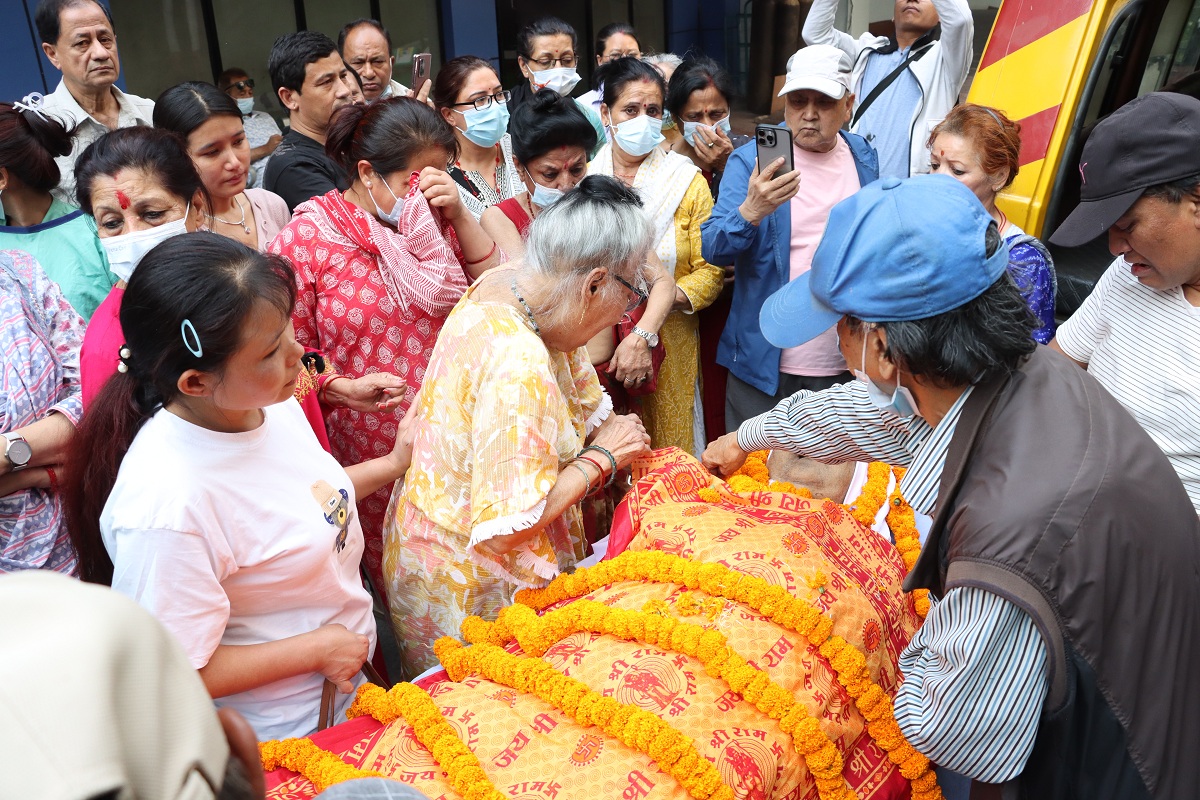Mario: Can Chris Pratt help Nintendo solve the puzzle of video game films?
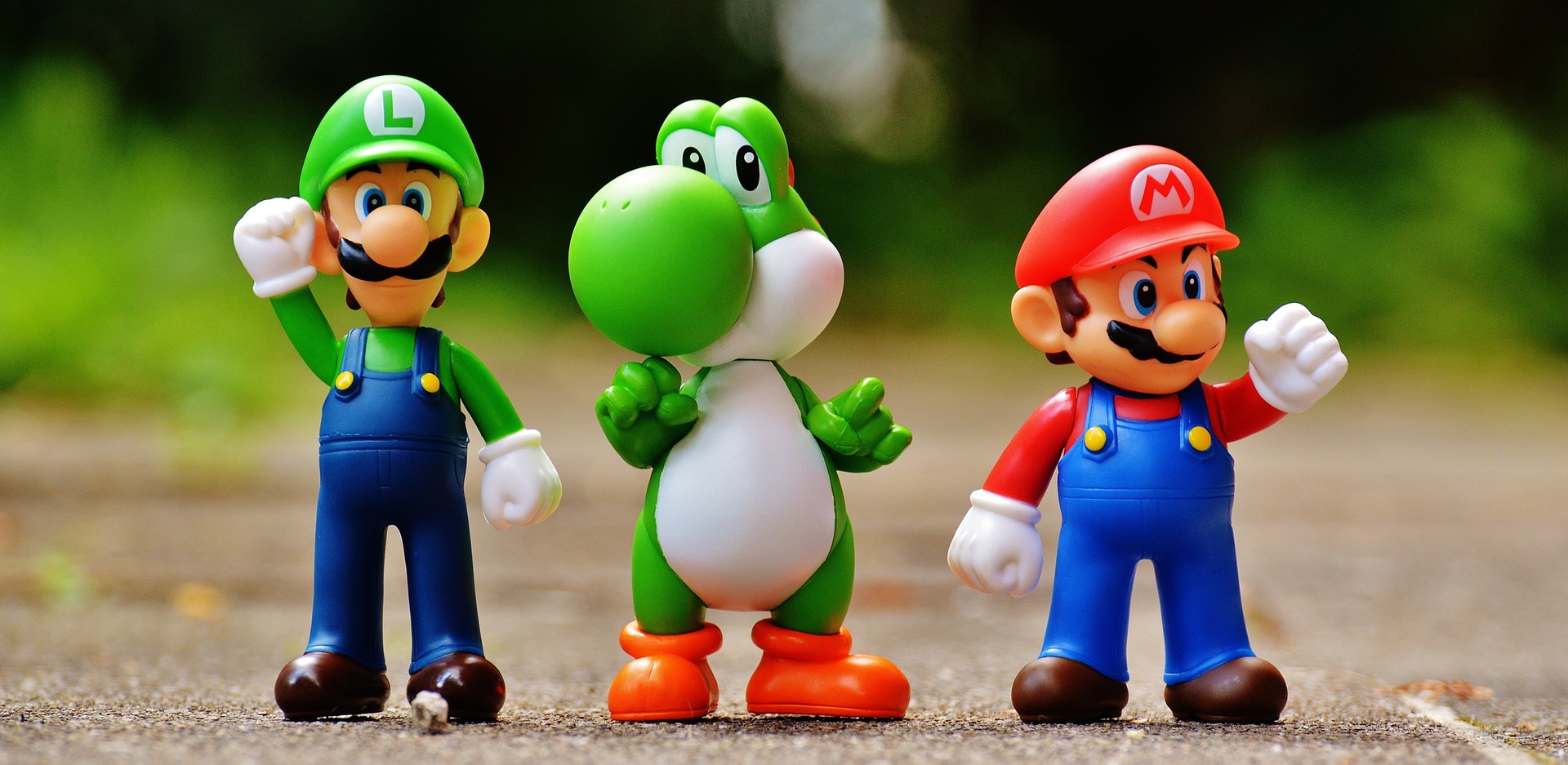
ITAHARI: SEPT. 26 – Nintendo’s iconic video game character, Mario, returned to dominate the game developer’s showcase yesterday – but not as you might expect.
Rather than announce a new console instalment, they instead said “let’s go” to a new animated big-screen adaptation, which will see Chris Pratt lead an all-star cast as the moustachioed Italian plumber.
This includes Charlie Day as Mario’s brother Luigi, with The Queen’s Gambit’s Anya Taylor-Joy playing Princess Peach, Jack Black voicing supervillain Bowser and Seth Rogen becoming Donkey Kong.
It follows the recent success of Pokémon spin-off Detective Pikachu as well as 2020’s Sonic the Hedgehog (once those horrifying teeth had been sorted). The Mario franchise’s nostalgia value was emphasised by Chris Pratt saying “dreams come true”, recalling that he played the original game as a child.
But the Universal Studios project, scheduled for release in 2022, is also entering dangerous territory.
Pop culture is filled with a chequered history of game-to-film adaptations – none more so than the universally-panned first effort to bring Mario in front of the camera in 1993. And then there was the time Kylie Minogue joined forces with Jean-Claude Van Damme for Street Fighter in 1994, which, perhaps unsurprisingly, neither has mentioned since.
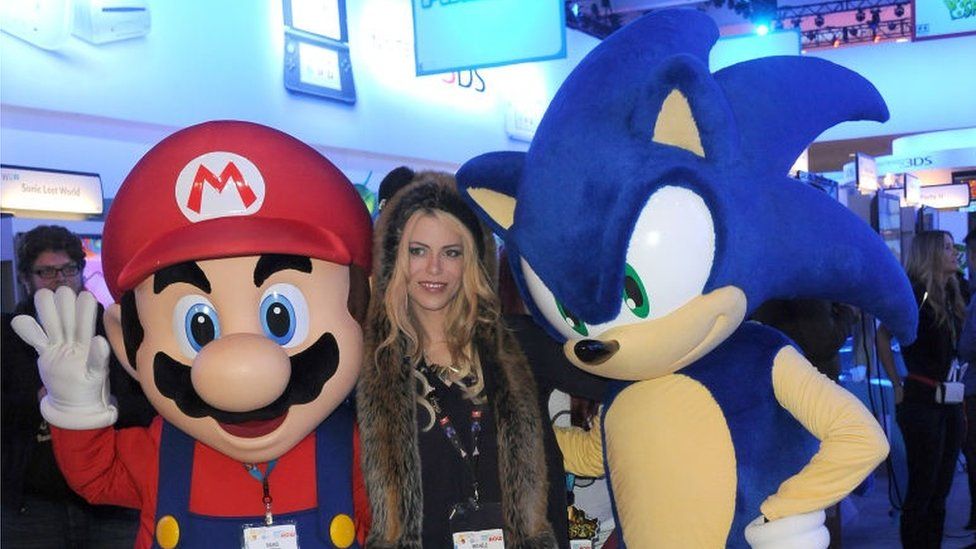
So, what makes video games so hard for the big screen to master?
On paper, video games appear ripe material to transform into blockbuster films. Games such as Mario and Sonic offer fantasy worlds full of entertaining, vibrant characters that hold family appeal, while titles like Tomb Raider, fronted by the empowered Lara Croft, tease perfect popcorn-action potential.
However, the reality is somewhat different. Heritage titles like Mario originate from a gaming era that, due to technical limitations, offered only basic character development – instead of relying on player participation for value.
In the case of 1993’s Mario, this led to scripting tensions, with studios clashing with writers over artistic vision.
The film’s producer and original director Roland Joffe, fresh from making The Killing Fields, envisaged a darker tone. He told Nintendo he would not make “a sweet little lovey-dovey story” but instead try to expand the world’s appeal on-screen.
“Joffe wanted to do with Super Mario Bros what Burton had done for superheroes with Batman,” Steven Applebaum of the film’s fan website, told The Guardian in 2018. “He wanted to redefine the characters for young adults.”
Four game-to-film adaptations
Resident Evil (2002 – 2016)
Capcom’s long-running survival-horror series received its best big-screen treatment from Paul WS Anderson’s six films. Milla Jovovich starred as Alice, a character created for the film, but placed within the game world’s gritty horror backdrop of zombies and gruesome creatures borne from nuclear fallout. Think 28 Days Later on steroids.
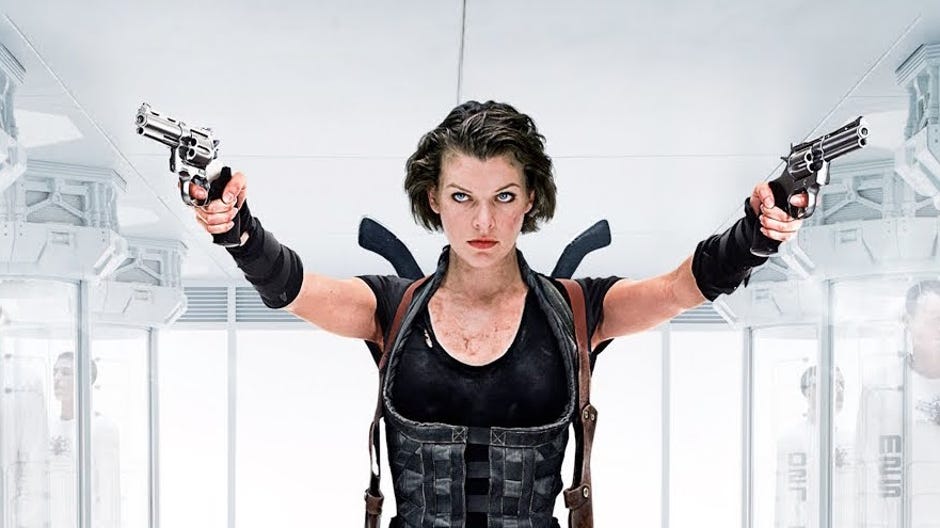
Street Fighter (1994)
The action film, based on the hugely successful fighting game franchise that dominated the 90s, drew audiences with Van Damme in the lead role as Colonel Guile, and a certain Kylie Minogue as fearless revolutionary Cammy. Audiences flocked and the money rolled in, but critics derided the overblown tone and ham-fisted portrayal of the characters. It hasn’t aged well.
Tomb Raider (2018)
Following Angelina Jolie’s portrayal of Lara Croft, Alicia Vikander took over the reins in 2018’s reboot, which like its relaunched gaming counterpart, gave Lara more grit and personality and far less 90s lad mag over-sexualisation.
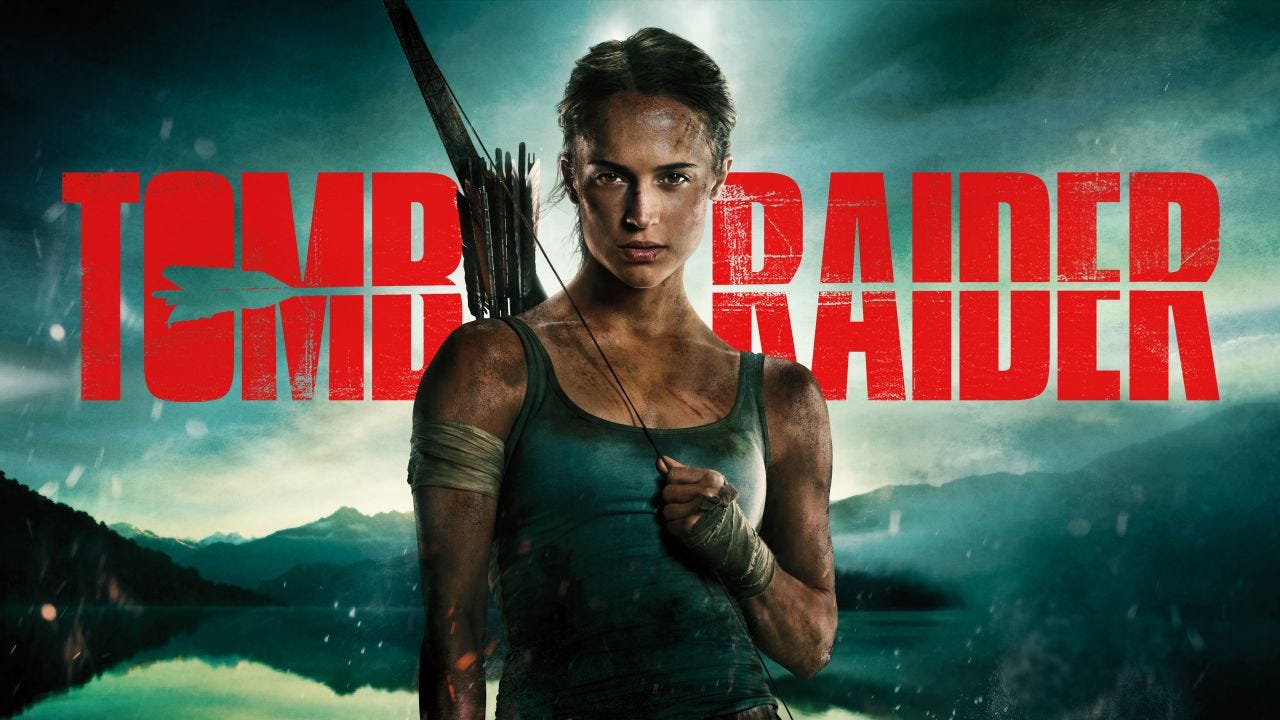
Detective Pikachu (2019)
When Tim Goodman wants to find his missing private investigator dad Henry, he teams up with Pikachu… who, it turns out, is now a detective that can talk? Better still, he’s voiced by Ryan Reynolds in family-friendly Deadpool mode. It shouldn’t work, but it really, really does.
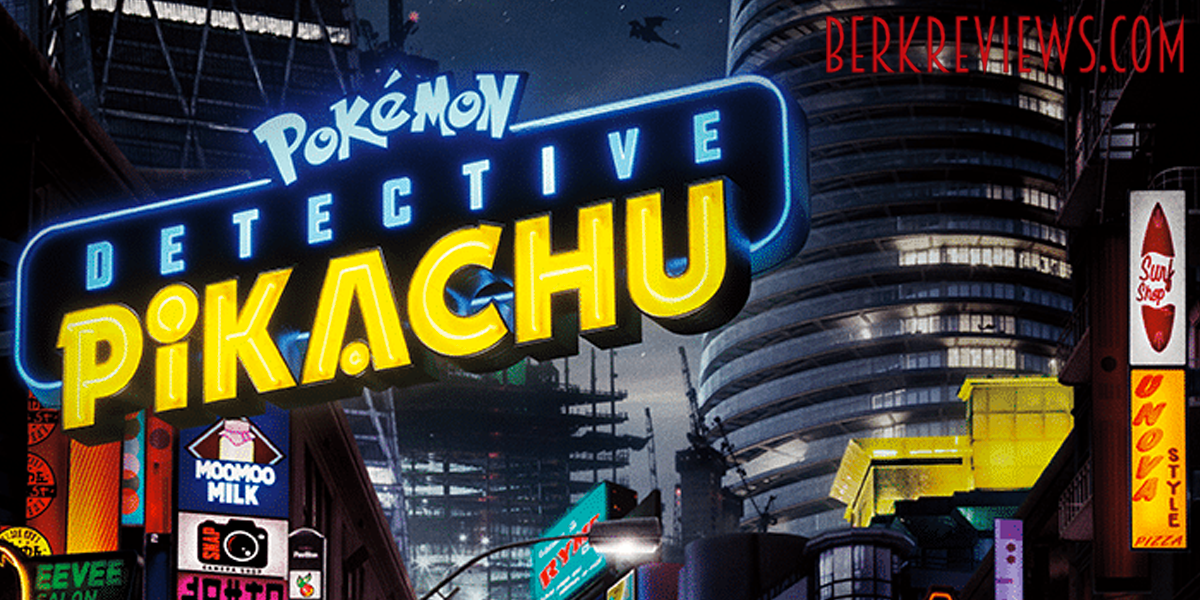
Attempts at scripts similarly swayed back and forth between multiple writers, some envisaging a bubble-gum universe, while Joffe instead backed a cyberpunk aesthetic. The film’s eventual final directors Annabel Jankel and Rocky Morton ended up with a mishmash: dark, elaborate sets juxtaposing cartoonish takes from Bob Hoskins as Mario and John Leguizamo as Luigi.
This world-building struggle epitomises the creative conundrum between the two mediums, says Falmouth University’s head of games, Dr Douglas Brown.
“The sorts of stories games like to tell are either more abstracted or much bigger than films are comfortable with. Games are good at world-building” he says.
“The real challenge of writing a good game story is weaving narrative elements in with game mechanics so that the players feel like they have real agency in the story. Doing this well in the first place and making a hit game often makes telling the story in a less interactive medium a lot more difficult.
“The inherent humour and experimental fun of the Hitman franchise didn’t make it to the movie version, for example.
“We forgive games when wrapping our imaginations around them because they let us interact and get involved. The audience’s suspension of disbelief functions very differently, even if the two mediums look the same on screens.”
The original Tomb Raider films released at the turn of the millennium are an example of this struggle. While Angelina Jolie had the looks and physique to portray Lara Croft, the films themselves lacked continuity – jumping from action set piece to action set piece without the immersion of the games.
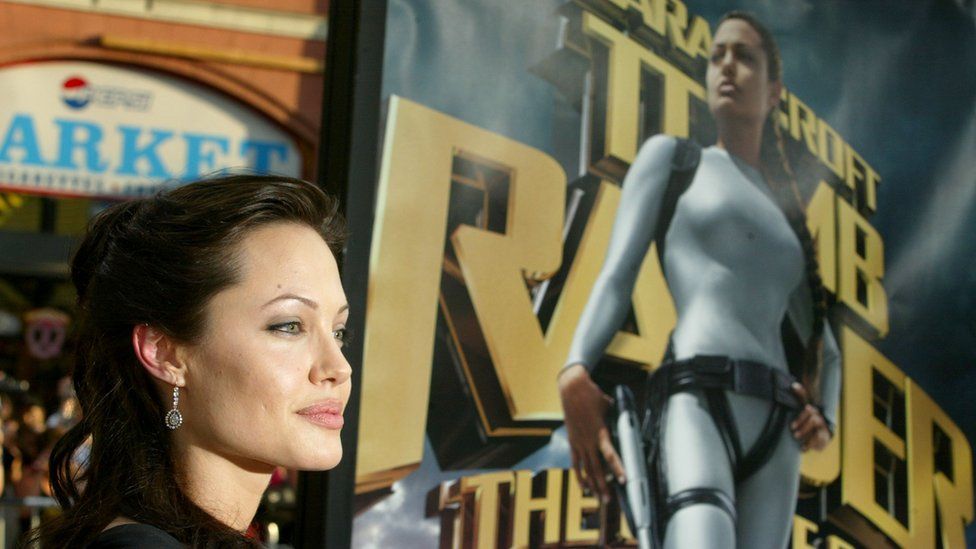
Brown says Jolie’s Tomb Raider, like the original Mario and Street Fighter films, showed how “screenwriters and members of the Hollywood machine haven’t always been truly game-literate”.
“If anything these movies are interpreting game advertising from a surface level, not looking at how it feels to play a game or the worlds in which games operate – game fans can spot this stuff a mile off,” he says.
This can also work the other way. The recent Warcraft movie enchanted fans for its authenticity, but Brown feels, alienated viewers initiated to the world who wanted an accessible route into the franchise.
Games ‘impossible to ignore’
And yet despite the difficulties attached to representing games on film – the industry is impossible to ignore.
Not only is it now more lucrative than music and video combined, but it also crosses cultural barriers that other industries can’t reach.
“Video games are one of the fastest-growing media and entertainment markets globally,” says Brown. “Their iconography is some of the best recognised internationally – it’s often said by Mario’s creator Shigeru Miyamoto that he wants his character to be more recognisable than Mickey Mouse.”
Video games are also capable of “crossing cultures without requiring the same degree of translation” as other media – game mechanics have real immediacy to broad markets.
They also provide “sticky” value, in that a lot of original fans (including Pratt) are “basing a portion of their identity around being gamers and now passing it on to their kids too.”
So, while film studios have long since been wary of crossover – the failure of the original Mario matched almost a decade later by 2001’s Final Fantasy film, which almost bankrupted its game developer Squaresoft – the recent return of game adaptations is unsurprising.

Brown credits Detective Pikachu, which took elements of the beloved Pokemon character and placed him in a surrealist comedy, humanised by Ryan Reynolds as a way forward.
“This Mario movie is a big step for Nintendo, as was Detective Pikachu a few years ago – it shows they have a clear brand strategy for how to deploy their characters and worlds in other media that they are risking Mario like this.”
Pointing to the future, he says: “A good video game movie will confidently do what movies are good at with material taken from a videogame – it needs to be literate in both mediums.
“A great video game film could potentially add to and enhance a connected game experience in new ways, genuinely converged rather than just spun-off, or explore characters in a videogame franchise from new angles or in more depth, although that might limit the market for such a title.
Today he says auteurs do exist in the world of videogames and style themselves like major movie directors. Metal Gear Solid creator Hideo Kojima is the most prominent, working with big stars like Norman Reedus and Guillermo Del Toro in his games, which have the budget and scope to feel like movie production values.
“Some of their games are genuine experiments in convergence which can blur the boundaries of the two media (and draw criticism from gamers the other way),” adds Brown.
“Leveraging the game-fan identity rather than actual game stories and worlds in-depth proved a good method of connecting with the audience when Disney made Wreck-it Ralph and its sequel, using numerous game tie-ins and nods to gamer culture while not having to rely on it for the story,
“Mario could do the same”.
-BBC


